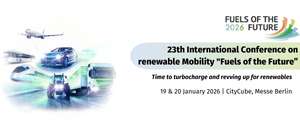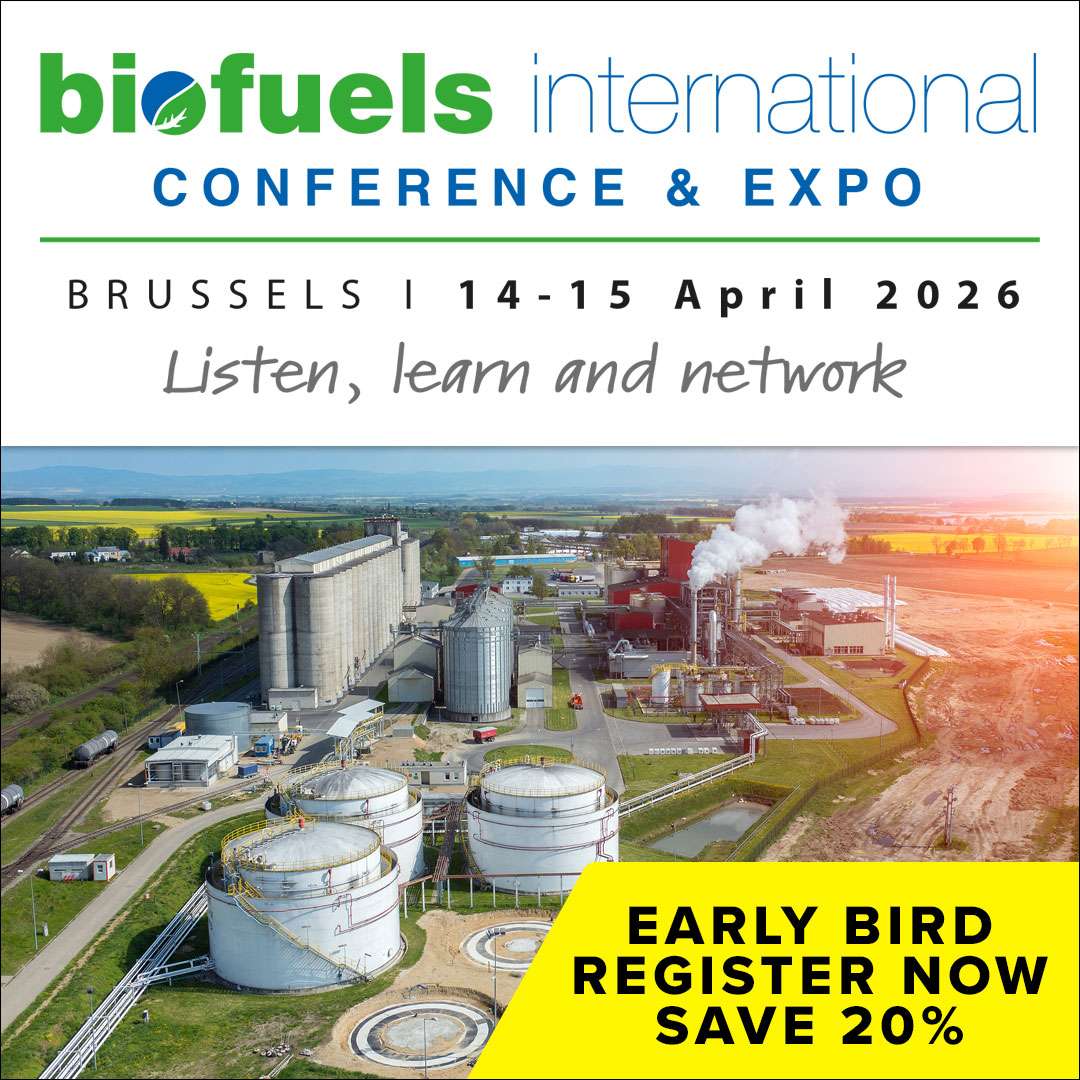The American Coalition for Ethanol (ACE) has urged the California Air Resources Board (CARB) to provide swift and unambiguous guidance allowing the sale of E15 petrol in the state, following CARB’s 14 October Scoping Workshop on E15 use.
Existing regulations do not yet set out specifications or enforcement mechanisms for E15, despite the fuel having been authorised under recently passed legislation (AB 30) and used safely across the United States for the past 14 years.
In written comments submitted to CARB, ACE’s Chief Marketing Officer, Ron Lamberty, called on the Board to issue a clear statement confirming that E15 sales are permitted and to publish implementation guidance without delay.
“We urge CARB to move quickly with a clear statement that the sale of E15 is allowed in California, and to provide guidance promptly, so California fuel marketers can begin offering the low-cost, clean fuel to consumers immediately,” Lamberty said.
He stressed that E15’s safety and compatibility are already well proven through extensive research by the US Environmental Protection Agency and the Department of Energy, as well as more than a decade of day-to-day use by millions of motorists.
“E15 is no longer a new, untested product. We now have 14 years of safe, real-world use in unmodified tanks, lines, and dispensers at thousands of retail stations,” he added.
ACE is urging CARB to classify E15 as a standard petrol grade, in line with federal treatment, warning that categorising it as an alternative fuel would drive up retailer costs, create confusion for drivers, and weaken the potential air-quality benefits for California.
The organisation also highlighted evidence that much of California’s fuelling infrastructure is already compatible with E15. ACE’s Flex Check tool, available at flexfuelforward.com, helps retailers verify whether existing tanks, lines, dispensers, and hardware can safely handle the blend.
According to Lamberty, “the short answer is there should be little or no cost for the majority of California’s fuel terminals and retailers.”
ACE notes that E15 typically sells for 5 to 15 cents less per gallon than E10, offering direct savings for drivers. The group anticipates rapid uptake in California, driven by favourable blending economics, widespread infrastructure compatibility, and the state’s existing low-RVP base petrol.











